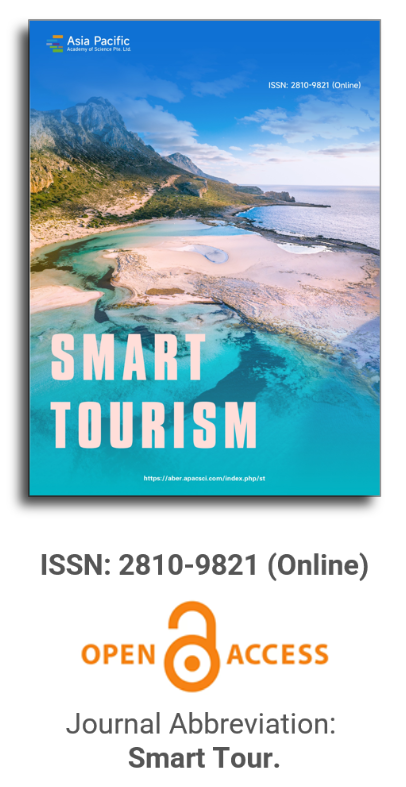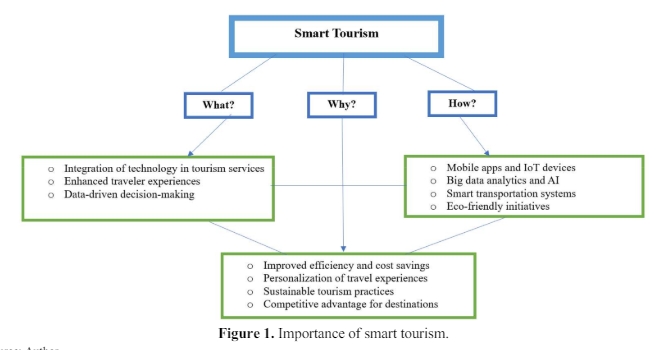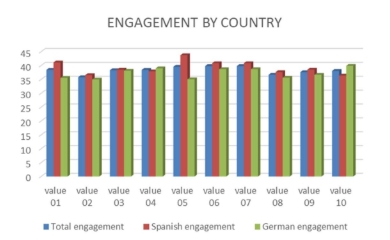
Publication Frequency
Semi-annual
Journal Articles
Search
Search scope
Volume Arrangement
Featured Articles

This commentary critically examines the integration of smart tourism technologies within the tourism and hospitality sectors, focusing on their role in enhancing tourist experiences and operational efficiencies. Through a multidisciplinary approach encompassing a literature review, case studies, and empirical data analysis, the analysis adopts a constructivist perspective to explore tourists’ subjective experiences with technology. It highlights significant personalization, efficiency, and sustainability advancements while acknowledging challenges related to digital infrastructure and privacy concerns. Advocating for a balanced and sustainable approach that respects environmental integrity and cultural heritage, the commentary concludes with recommendations for future research on the socio-economic impacts of smart tourism, ethical data usage, and the adaptation of technologies to diverse contexts. It calls for increased investment in digital infrastructure and stakeholder collaborative efforts to promote sustainable and inclusive tourism development.

The importance of the image of the tourist destination in the communication and marketing of a tourist destination is beyond doubt. For this reason, numerous studies address these issues. However, not so many do so from the perspective of the emotion the receiver feels, which is why this study deals with analyzing the emotion generated in the receiver through neuromarketing techniques and measuring the level of engagement felt. As a fundamental part of this study, we added the variable of cultural differences, both generically and specifically for gender and age. We are mainly guided by the theories of Life Cycle Theory and Generational Theory to analyze age differences. At the same time, gender differences are approached from the Gender Role Theory. The sample comprises one hundred individuals with apparent cultural differences, one sample of German origin and residence and the other of Spanish origin and residence, 50/50. We approached the study from the point of view of the emotion felt by the receiver of the message based on ten neuromarketing techniques (EGG) and ten images used by a famous tourist destination known in both countries. The results suggest that not only are there differences in the emotion felt after viewing images of a tourist destination, but that these differences are also explained by cultural background, gender, and age.
Supporting Agencies
Copyright (c) 2021 Montaudon-Tomas Cynthia, Pinto-López Ingrid, Yáñez-Moneda Alicia
License URL: https://creativecommons.org/licenses/by/4.0

This site is licensed under a Creative Commons Attribution 4.0 International License (CC BY 4.0).
Editor-in-Chief

Prof. Hung-Che Wu
Nanfang College, Guangzhou
China
Indexing & Archiving
News & Announcements
2025-01-09
A Thank You Letter from Smart Tourism!
As we bid farewell to 2024, we take immense pride in reflecting on the 28 distinguished works that have been meticulously published online following a rigorous peer-review process. We extend our heartfelt gratitude for authors' invaluable contributions, reviewers' steadfast support, and EBM's insightful guidance throughout the year. Your dedication and expertise have been instrumental in propelling Smart Tourism towards its current success.
2024-07-05
Call for Reading: Volume 5 Issue 1 Available
We are pleased to announce the release of Volume 5 Issue 1 of Smart Tourism. We sincerely invite researchers to download and read articles in this issue. It is hopeful that the content will bring readers new perspectives and inspire the research in related field.
2024-01-15
New layout style in 2024
In 2024, Smart Tourism will adopt a new layout style. Please turn to the "Author Guidelines" for preparing your manuscripts.
Journal Center
Asia Pacific Academy of Science Pte. Ltd. (APACSCI) specializes in international journal publishing. APACSCI adopts the open access publishing model and provides an important communication bridge for academic groups whose interest fields include engineering, technology, medicine, computer, mathematics, agriculture and forestry, and environment.



.jpg)
.jpg)

.jpg)

